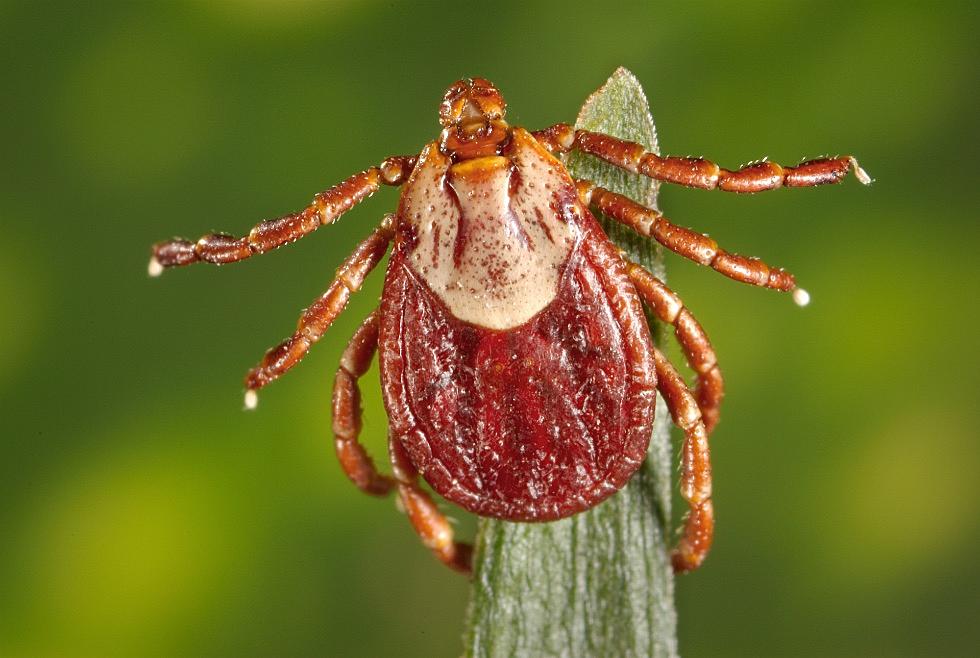
Avoid Ticks to Avoid Diseases They Spread
LARAMIE -- As Wyoming’s warmer days approach, avoiding ticks when spending time outdoors can also mean escaping some potentially serious diseases, according to the Wyoming Department of Health.
Diseases sometimes passed on by infected ticks in Wyoming include tularemia, Rocky Mountain spotted fever and Colorado tick fever. Lyme and Powasssan diseases can be a concern during travel to other states but are not known to be spread by Wyoming ticks.
“When we walk through, play or sit in brushy and grassy areas, or handle certain animals we can be exposed to ticks,” said Dr. Alexia Harrist, state health officer, and state epidemiologist with WDH.
“Ticks can be active in Wyoming most of the year, but spring and summer are typically the peak seasons when we see related illnesses.”
Tularemia symptoms include fever, swollen and painful lymph glands, inflamed eyes, sore throat, mouth sores, skin ulcers, and diarrhea. If the bacteria are inhaled, symptoms can include sudden onset of fever, chills, headache, muscle aches, joint pain, dry cough, and progressive weakness and pneumonia. Colorado tick fever usually causes fever, headache, muscle and joint pain, and, occasionally, a rash. Initial RMSF symptoms may include fever, nausea, vomiting, muscle pain, lack of appetite and severe headache. Later signs and symptoms may include rash, abdominal pain, joint pain, and diarrhea. RMSF and tularemia patients often require hospitalization.
General recommendations to help avoid tick-related diseases include:
- Wear light-colored clothing to make it easier to see ticks crawling on clothing.
- Tuck pant legs into socks.
- Apply insect repellents such as those containing 20 percent or more DEET and/or picaradin.
- Upon returning from potentially tick-infested areas, search yourself and children for ticks and remove if found.
- Check pets for ticks; use tick control products recommended by veterinarians.
Tularemia, also known as “rabbit fever” or “deer fly fever,” frequently affects rabbits, hares, and rodents and has been associated with rabbit die-offs. People may acquire tularemia when bit by infected ticks, deer flies or horse flies. It can also be transmitted by handling infected animals, or through ingestion or contact with untreated, contaminated water or insufficiently cooked meat.
More From Laramie Live









